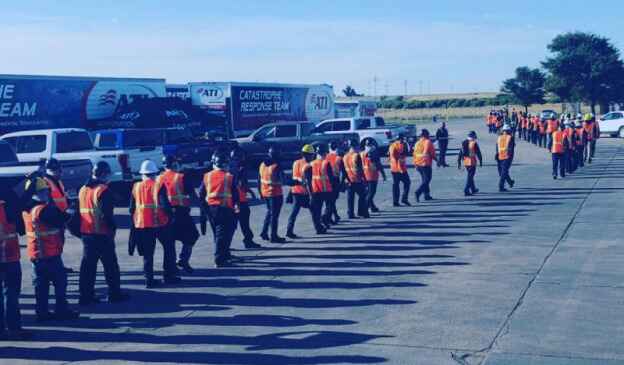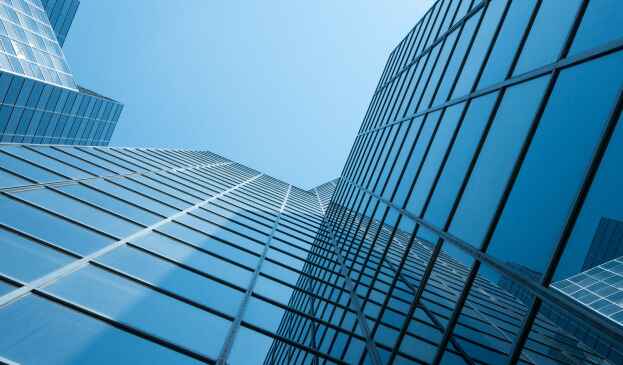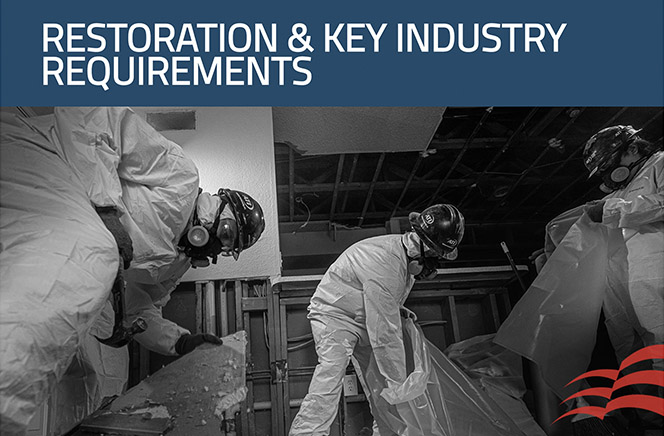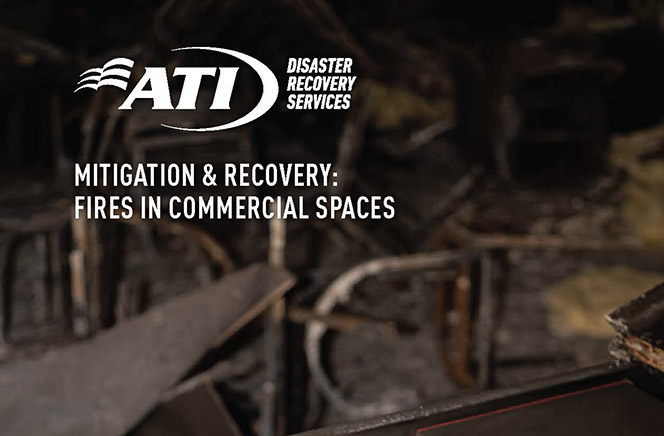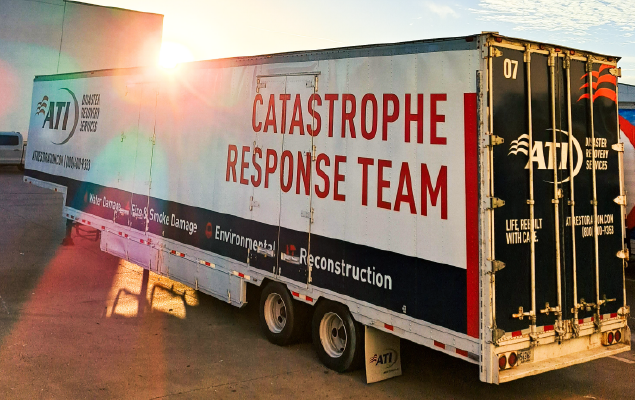ATI’s catastrophe services are defined by responsiveness. We take calls 24/7/365 and promptly dispatch crews to assess the situation. Our NRS Team consists of qualified individuals ready to respond to emergencies at a moment’s notice.
We strategically deploy Emergency Response Trailers (ERTs) to areas impacted by disaster. ERTs are loaded with materials and equipment that can jumpstart the recovery process, and supported by the manpower needed to get recovery efforts underway as soon as possible.
